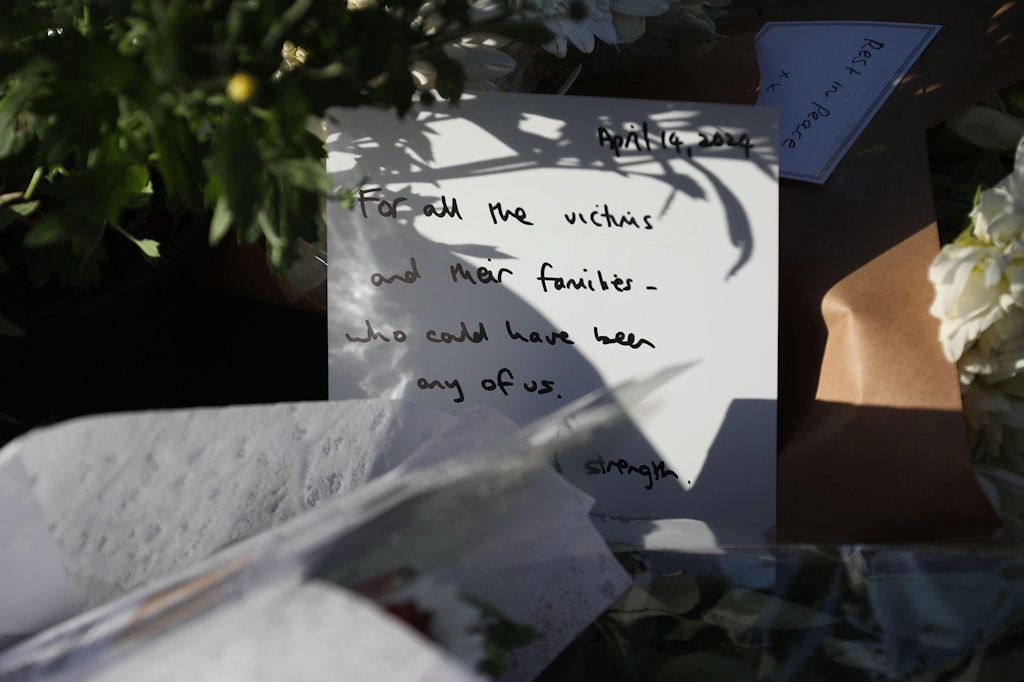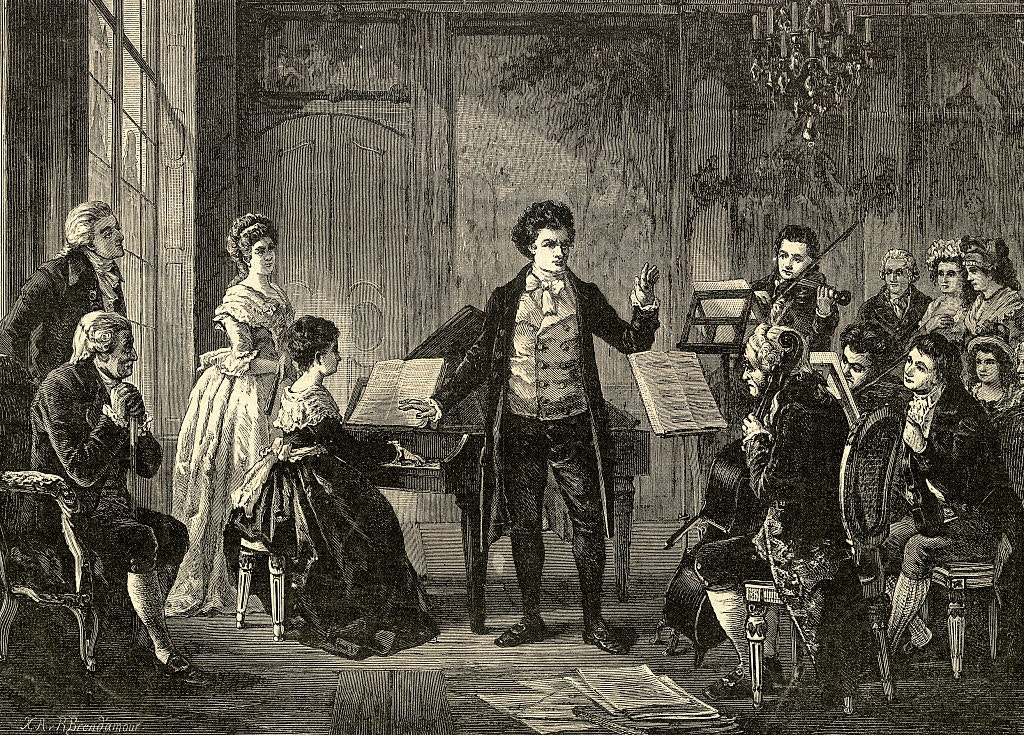The unromantic truth about tortured poets
Taylor Swift is idealising the grim realities of the lives of poets
It was hard to not take Taylor Swift’s Tortured Poets Department announcement personally. Very rarely have I felt — dare I even invoke the phrase — culturally appropriated by someone so prominent in the media. But in seeing a pop star who changes eras with meticulous and mercurial dexterity claim to be a “tortured poet”, I had an undeniable sense of feeling she was treading on the proverbial toes of my metrical feet.
In the photographic roll out of the album, Taylor Swift showed, for her, what the ingredients needed to forge a tortured poet are: old-timey typewriters and vintage candlesticks. Black and white images of her swooning on a bed; more black and white images of her gazing thoughtfully into space. Always beautiful, and ignoring the fact a poem written on a typewriter seems to have been posed rather intentionally next to a fountain pen.
Is the album poetry? Well, it’s certainly tortured. The lyrics, which mostly seem to reference her tumultuous relationship with The 1975 singer and culture war provocateur Matty Healy, might echo Sylvia Plath’s famous assertion in “Daddy” that “every woman adores a fascist”. Or, rather in this case, “every woman adores an edgelord”. She compares him to a tattooed golden retriever and reminisces over his pill-taking, cigarette-smoking ways with a push-pull of emotion. Many of these images are striking. There are some unexpected rhymes. More often, they are doing what they should do: be perfectly passable song lyrics.
I mean not to reignite the age-old debates over whether lyrics are poetry. Though even if it were, inviting Nobel-Prize-in-Literature-winning Bob Dylan into the room as a comparative lyric-poet would surely work against Swift’s favour.
This album isn’t Swift’s first foray into poetry: she published a poem in 2017, with the final lines “The trick to holding on/ Was all that letting go”, which may be more at home on a suburban family’s refrigerator than in a leather-bound book. In her 2020 album folklore, she sang “take me to the lakes, where all the poets went to die… tell me what are my words worth”, the latter half of the lyric essentially a punny undergraduate essay title from every English Literature first year. It’s more eye-rolling than witty, on par with the excitement a casual reader feels when April comes and they can whip the old Eliot canard out again.
This is ultimately the crux: with music, these lyrical sins can be forgiven. They’re often well-written and, I’d even say, poetic: but the gap between “poetic” and “poetry” is large and deceiving.
Swift, though, is right on one thing: poets are, indeed, tortured. Though one might not expect a rather geeky and over-educated class of people to be putting themselves on such emotional frontlines, data shows that being a poet can almost be classified as a health risk, or even an extreme sport. Of course, anything dangerous is intriguing to the public, and ripe for romanticisation (lower case r, undoubtedly). So who can blame her for wanting to be part of the high-wire act poets attempt?
Anthropologists, psychologists, and literary scholars have time and time again found that poets have a higher rate of mental health issues — not only in comparison to other jobs, but even in comparison to other artistic and even literary disciplines. In 1975, in the aftermath of the bloodbath of the confessionals (with Anne Sexton, Sylvia Plath, and John Berryman already having succumbed to suicide), Dean Keith Simonton, a professor of psychology at the University of California, published a study on 420 major writers, which found that poets died, on average, six years earlier than their prose and playwriting colleagues. Dr. Arnold M. Ludwig, a professor of psychiatry, replicated these findings in 1995. In looking at over 1,000 successful people in eight different creative professions, he found that around 20 percent of prominent poets had committed suicide. The average rate amongst other professions was only 4 percent.
Speaking simply anecdotally, many poets I know, myself included, have suffered with various mental afflictions. Who knows why? Do we care? Maybe the real tortured poet’s department is the psych ward.
While poetry might not always be, as Wordsworth said, “words collected in tranquility”, it is almost always not “words collected in a pit of suicidal despair”
But romanticising mental disorder is not good. Creativity flourishes most when poets are mentally well. Most tortured poets leave chaos in their wake. There is nothing black-and-white photographable and Instagrammable about two children who had to grow up without a mother because she stuck her head in the oven. There is no romance in John Berryman jumping off a bridge only to overshoot the water and break his neck on the ice in his second, and final, suicide attempt that week. Poets succeed not because they are tortured, but in spite of it. While poetry might not always be, as Wordsworth said, “emotions recollected in tranquility”, it is almost always not “words collected in a pit of suicidal despair”. It’s hazardous to suggest that it is.
I’d be irresponsible as well to ignore that a significant part of being a tortured poet is financial instability — something Taylor Swift has never, and will likely never, grapple with. Plath’s impending divorce from Ted Hughes and severe depression, of course, were massive facets of the tragedy of her suicide. But so, too, were her financial anxieties. She was scared to be a single mother of two children in London. Letters at the time show a preoccupation with her financial status. In her last filed check stub, 11 days before her death, she had only £59.
Looking earlier in history, Percy Bysshe Shelley might have come from money and been educated at Eton, but he had accrued significant amounts of debt during his life. At one point, he was even arrested in London for two days over money owed. He was living a high-life loan to loan, but not even the promise and hope of his inheritance quelled these worries. Shelley never received his inheritance in the end, having died insisting he must sailing during a storm, without the ability to swim and after receiving a prophetic dream of his untimely death at sea.
Now, many writers are freelancers who have low wages, precarious work hours, and various other circumstances that would lead to feeling “tortured”. These tortured poets are living in less than ideal circumstances in which to write: a mind that is preoccupied by making ends meet doesn’t have the luxury to spend hours in the library imbibing the classics, crafting metaphors and rhymes, and investing in (often pricey) competitions and submission fees to get work out into the world.
Swift, meanwhile, achieved billionaire status last year. She owns two private jets which collectively spent 364 hours in the sky in 2023. She owns eight multi-million dollar properties. She will never feel this specific element of being tortured, nor lack the resources to treat many of the conditions that have left so many of the world’s most talented poets dead. We might never get to read the best poem of Sylvia Plath’s. There were years left in Shelley’s life where he might have forged even more masterful verses. Virginia Woolf, Hart Crane, Marina Tsvetaeva, too, are among the litany of those who might have had miles to go before they slept.
In this album, Swift tries to portray herself as the Byronic “mad, bad, and dangerous to know” but ultimately, if we let the words speak for themselves, we find her merely just, “bad”.
Enjoying The Critic online? It's even better in print
Try five issues of Britain’s newest magazine for £10
Subscribe














